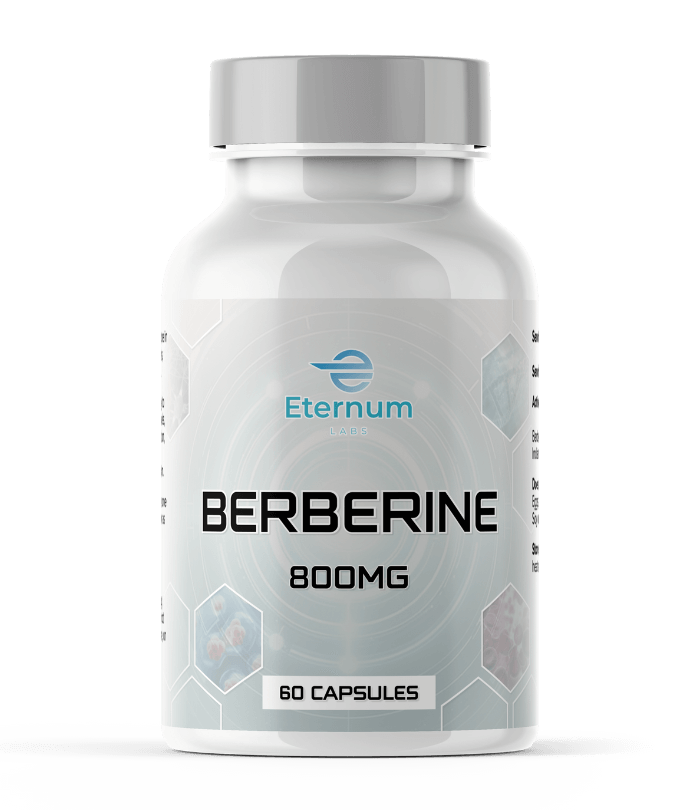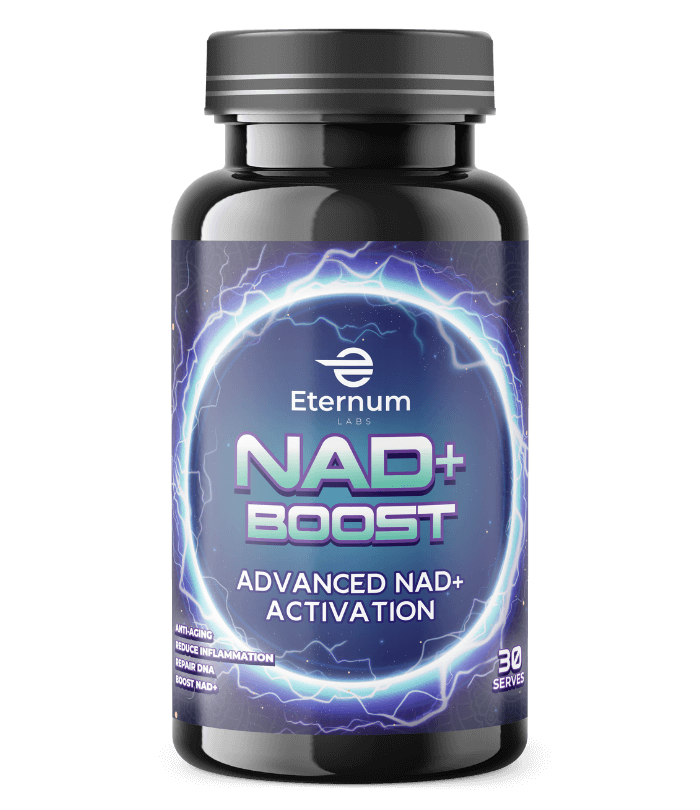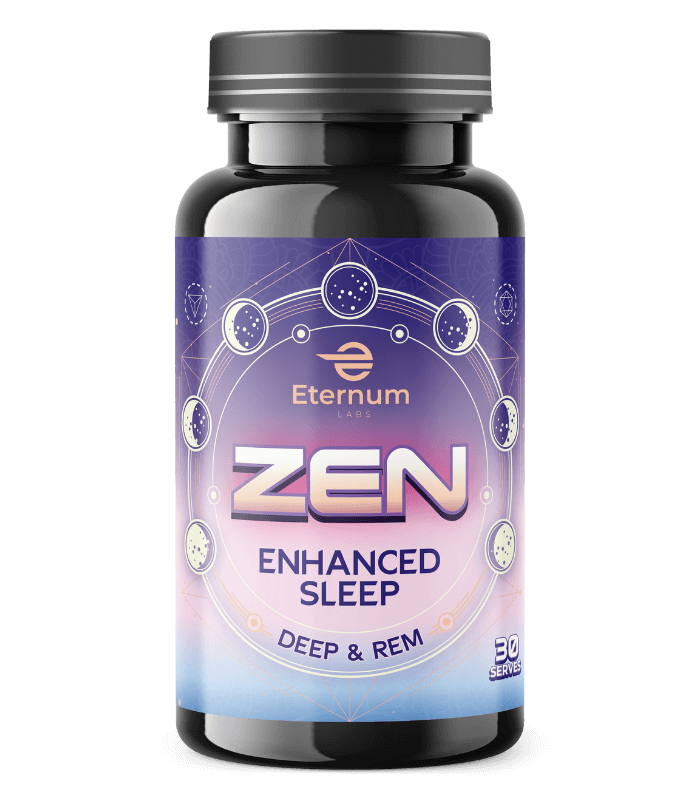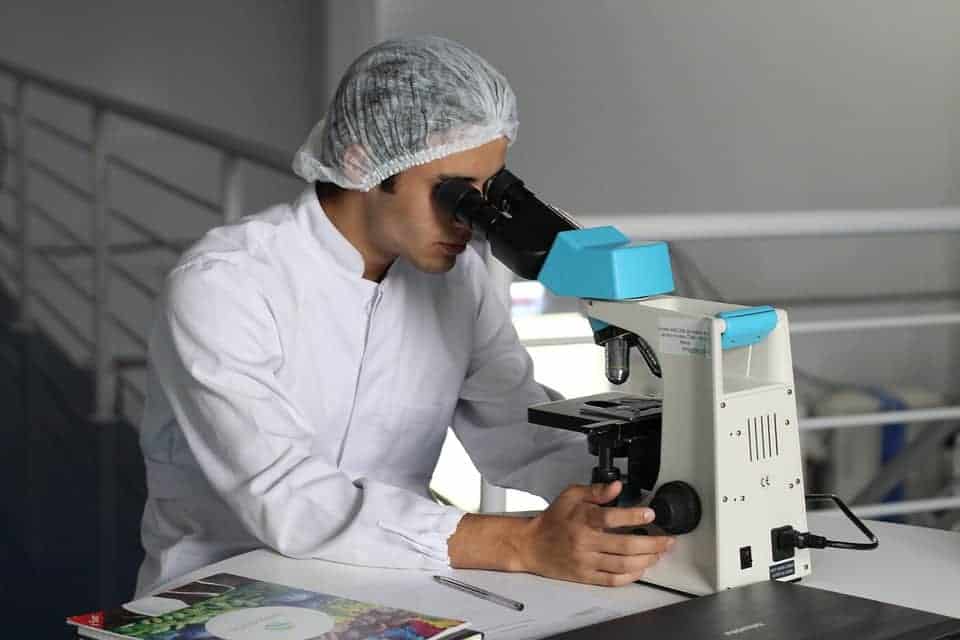
Finding the molecular markers and locations of ageing cells with cell imaging techniques and experimental systems will enhance anti-ageing methods.
Scientists may be able to conduct a blueprint of ageing by understanding what leads to cellular senescence – an unstoppable process where cells no longer proliferate. Scientists have recognised the biological relevance of cellular senescence in age-related problems like accumulated lung scarring (pulmonary fibrosis), kidney dysfunction and neurodegeneration. Conversely, cellular senescence is important for tissue regeneration processes in the prevention of tissue cancer formation and throughout wound healing.
Researchers are now looking for ways to correctly characterize these cells to fight age-related conditions.
Roy and fellow scientists from the National Institutes of Health in Maryland have published commentary where they pinpointed five separate research notions to help researchers and clinicians grasp research into cellular senescence for enhanced age-related disease therapeutics and ageing as a whole. Such ideas include characterising senescent cells due to their location in the body, the molecules they contain (biomarkers) and their physical characteristics. They have also put forward the notion of identifying the right experimental model systems and validating what is already known about cellular senescence as being fundamen to producing the right therapeutic methods.
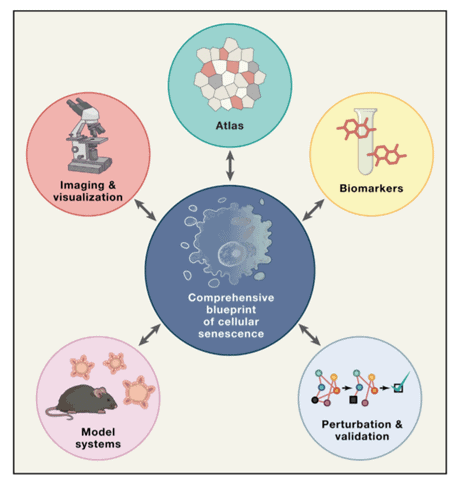
(Roy et al., | Cell) Roy and colleagues put forward the notion of focusing on five separate research areas to create a blueprint of cellular senescence. Creating a blueprint with the spatial distribution of varying senescent cells will assist scientists in characterising cellular senescence. Identifying cellular senescence biomarkers will help identify and trace senescent cells for the scientists’ research. Scientists may also look towards visualisation and imaging techniques to trace and track senescent cells for research purposes. The identification of model systems that summarise cellular senescence is vital for analysing senescence processes in humans. Scientists have to be able to modulate and perturb senescence to validate the value of ageing therapeutics in experimental model systems.
Propelling these research areas may assist in answering questions like to what extent senescent cells differ, whether senescence mechanisms vary between body cell types, and whether a universal senescence mechanism exists. The answers to these questions may assist in creating age-related disease therapeutics, including dietary supplements, senostatics (agents that slow the pace of senescence progression) and senolytics (molecules that induce senescence cell death).
So, what areas require attention to propel senescent cell characterisation?
Vital to characterising senescent cells, Roy and colleagues suggest, is the generation of a blueprint that describes the differences in senescent cells and their spatial distribution within the human body. To do this, the scientists suggest using computational approaches and artificial intelligence to gain an understanding of large amounts of metabolic byproduct, genetic, protein and spatial data. A senescent cell blueprint would provide scientists an enhanced understanding of ageing processes and track senescence-related alterations to understand whether applied ageing therapeutics have any impact.
There is also a need to define “gold standard” biomarkers of senescence to harness a greater definition of senescence based on molecular signatures. To define “gold standard” senescent cell-identifying biomarkers, scientists can look at cell surface and intracellular molecules, byproducts of metabolism (metabolites), and senescence associated secretory proteins (SASPs) – age-induced inflammation-creating proteins that cells release. For example, it has been found that senescent cells produce and consume energy and perform the function of proliferation-competent cells – they also release SASPs. Therefore, locating SASP protein markets to characterise senescent cells within the human body will assist in identifying senescent cells.
Identifying and tracking senescent cells through imaging techniques has been hard for scientists as they are yet to properly characterize them. Enhanced cell labelling methods for visualisation will be imperative to enhancing researchers’ abilities to analyse and trac senescent cells in the human body through non-invasive imaging like computer tomography. Computer tomography is a type of scan that utilises X-ray technology to see inside the body without the need to make an incision.
How do scientists validate & test their knowledge of senescent cells?
There are still certain questions regarding whether experimental animal senescence is the same as human senescence. Determining what experimental models are like that of human ageing will help propel researchers’ understanding of cellular senescence. Computational modelling that utilises mathematical formulas may also help research efforts once scientists produce a comprehensive blueprint of tissue-resident senescent cells.
This recent information regarding senescent cells, such their molecular characteristics and locations, will have to be tested and verified. To do this, researchers may modulate, eliminate and induce factors propelling senescence in the context of disease and health. Applying verification techniques will be vital to displaying the value of senolytic approaches in an experimental senescence model system.
Now is the time to discuss cellular senescence
Scientists say the time is right to commence addressing the causes and consequences of cellular senescence as well as exploring approaches to identify, trace, track and perturb senescent cells in relevant experimental model systems. They believe that as well as helping NIH prioritise studies that are likely to advance this field forward over the coming years, these discussions will assist in helping scientists work in the field of cellular senescence.
Comprehension of senescence will advance future ageing therapeutics
There are many challenges associated with understanding cellular senescence, but they are vital for transforming the ageing research field for the production of therapeutic methods to combat or slow the ageing process and age-related illnesses. Once scientists advance characterisation of senescent cells and the actual process of senescence, there will be a heightened understanding of why people age and whether anything can be done to slow down the process.
Related Articles
N-Acetyl-Cysteine NAC Benefits: What You Need to Know
Quercetin Supplement: What Are The Benefits?
Products
-
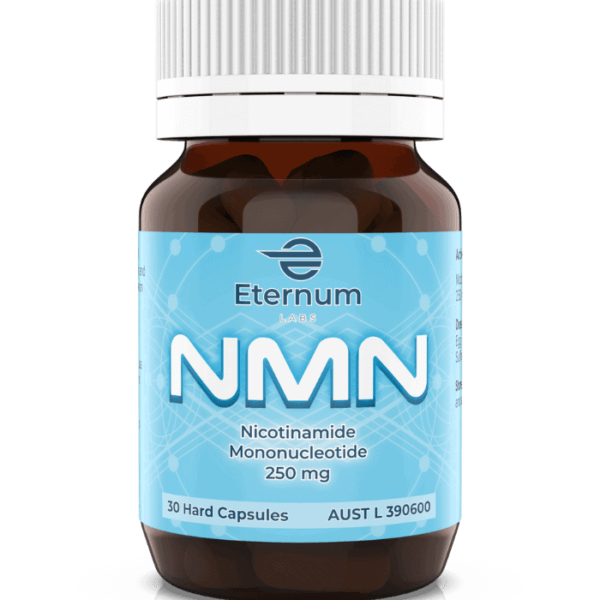 NMN Nicotinamide Mononucleotide
Rated 4.90 out of 5From: $89.97 — or from
NMN Nicotinamide Mononucleotide
Rated 4.90 out of 5From: $89.97 — or fromFrom: $89.97From: $80.97 / month -
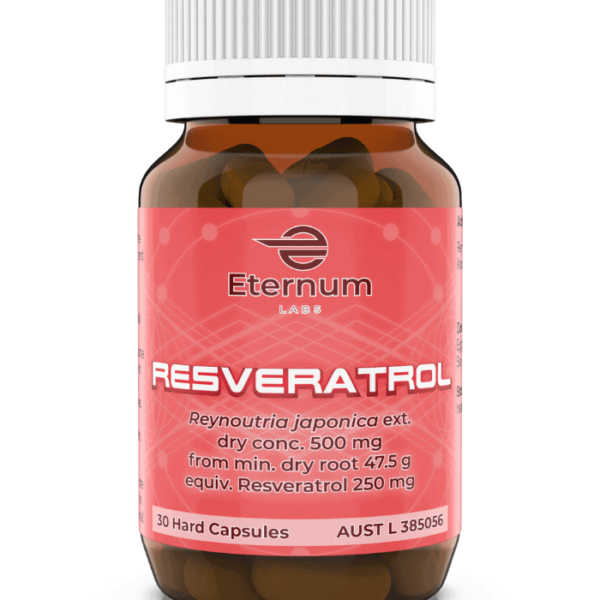 Resveratrol
Rated 4.95 out of 5$57.97 — or
Resveratrol
Rated 4.95 out of 5$57.97 — or$57.97$52.17 / month -
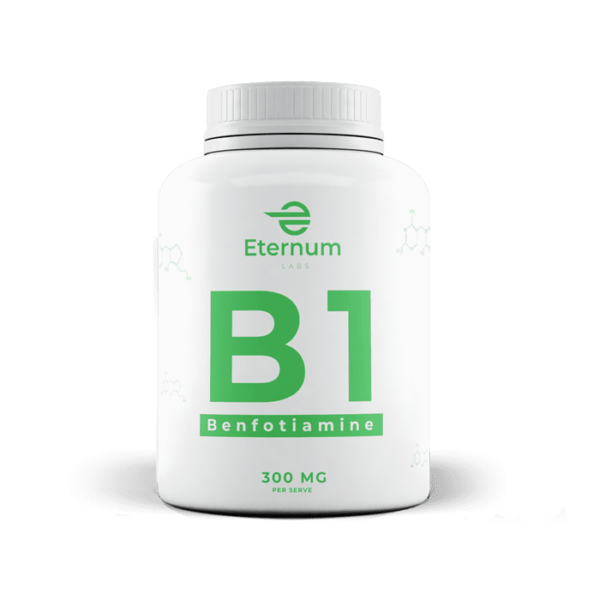 B1
Rated 5.00 out of 5From: $49.97
B1
Rated 5.00 out of 5From: $49.97 -
 Lion's Mane
Rated 5.00 out of 5$59.97
Lion's Mane
Rated 5.00 out of 5$59.97 -
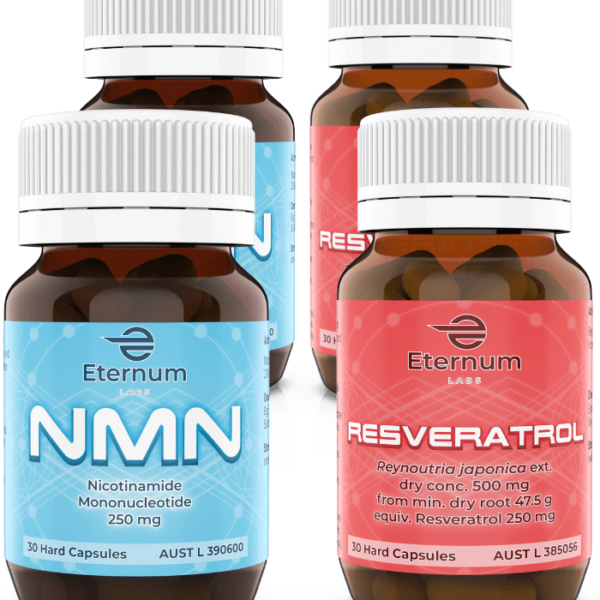 NMN + Resveratrol
Rated 4.92 out of 5
NMN + Resveratrol
Rated 4.92 out of 5From: $295.88From: $247.97 — or fromFrom: $295.88From: $223.17 / month



